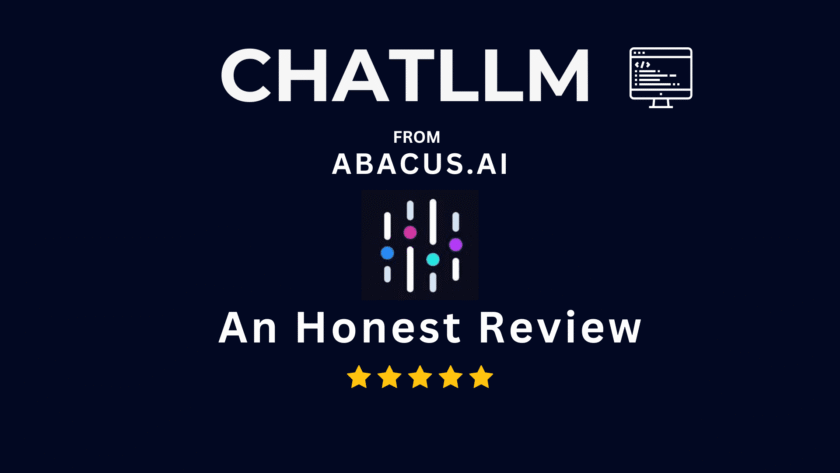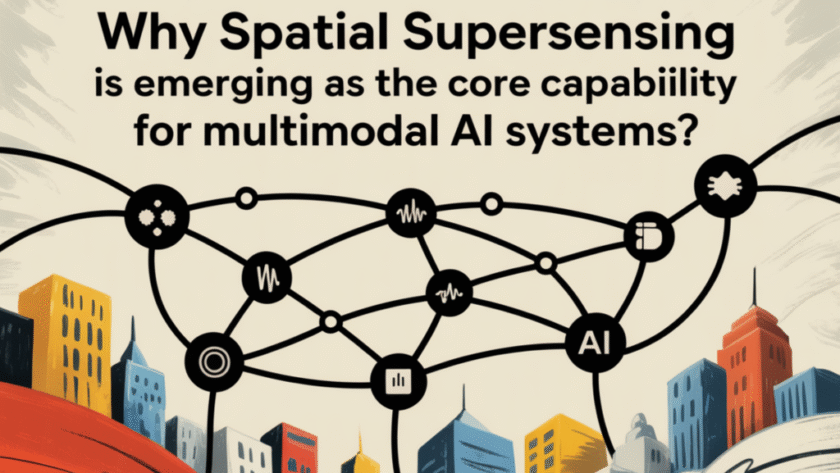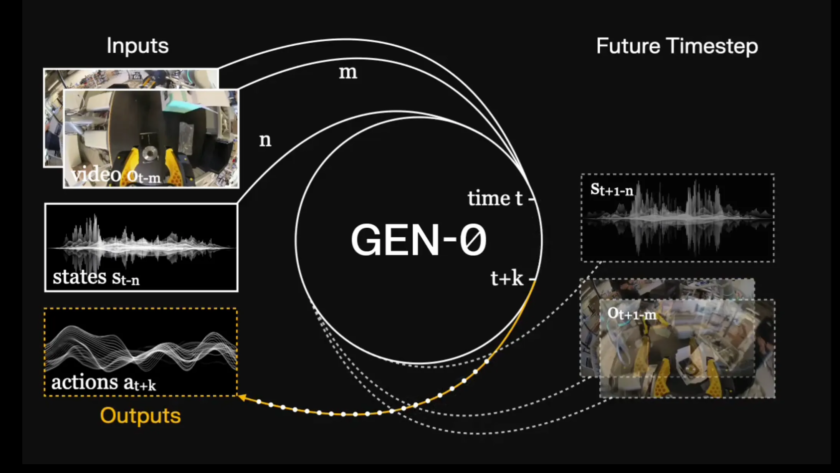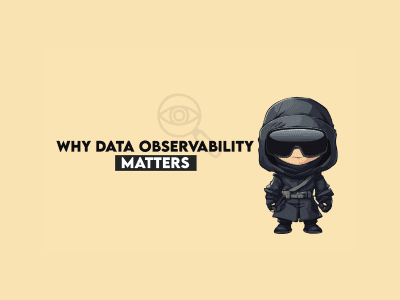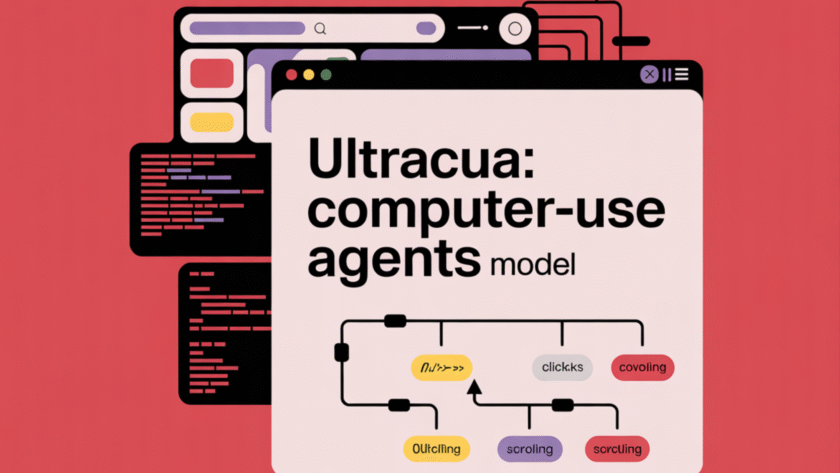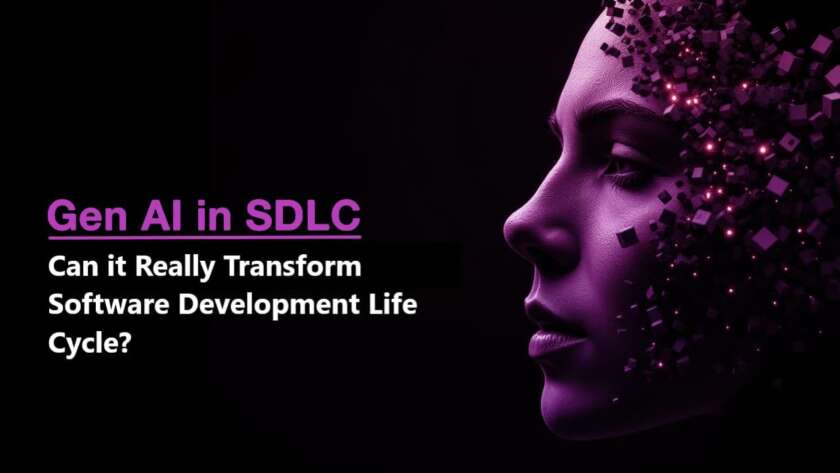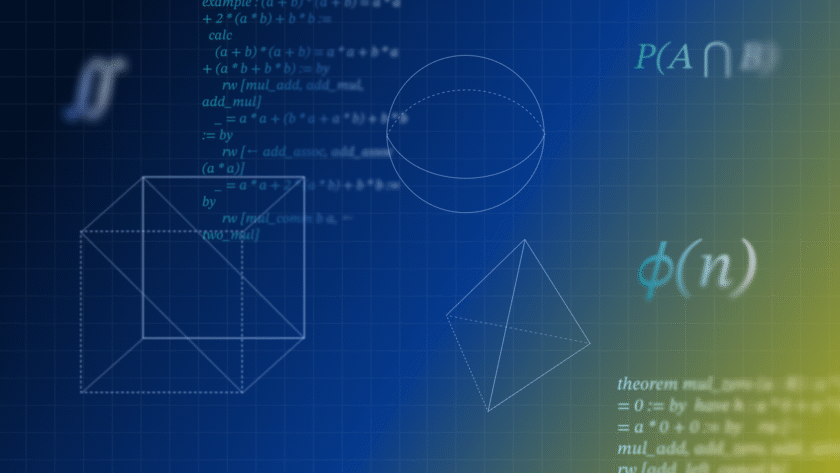Sponsored Content
So let me tell you about ChatLLM. I've been exploring this AI platform from Abacus.AI, and it's honestly one of those tools that makes you wonder why you've been juggling five different AI subscriptions when you could just use one.
What Even Is ChatLLM?
Here's the deal:…
